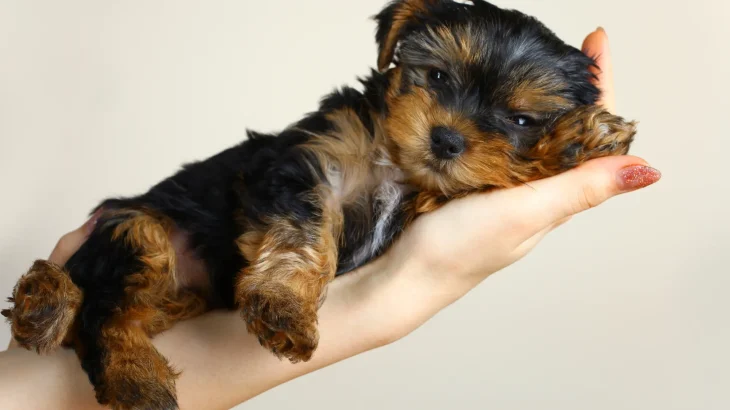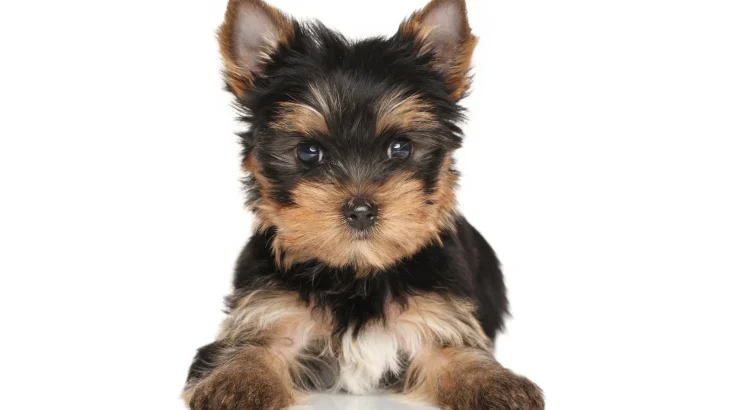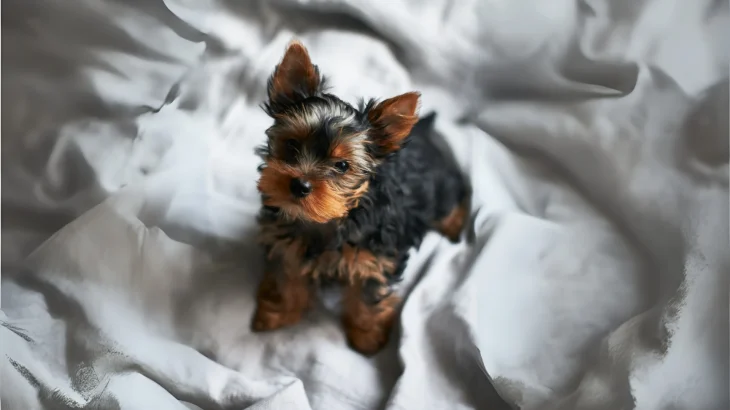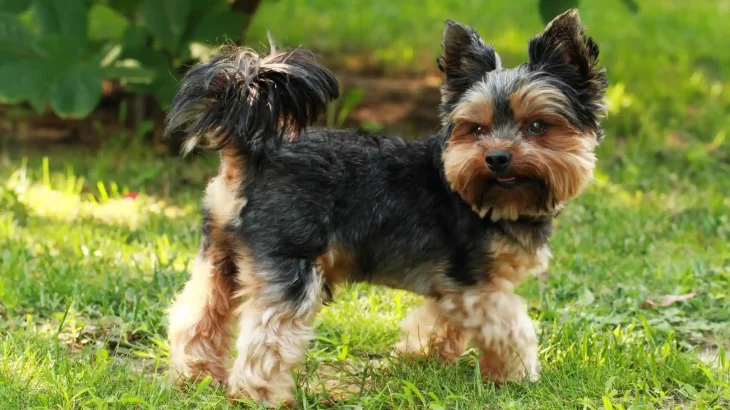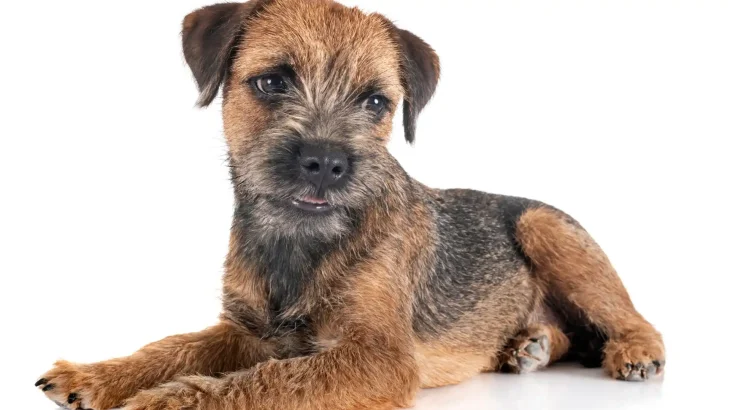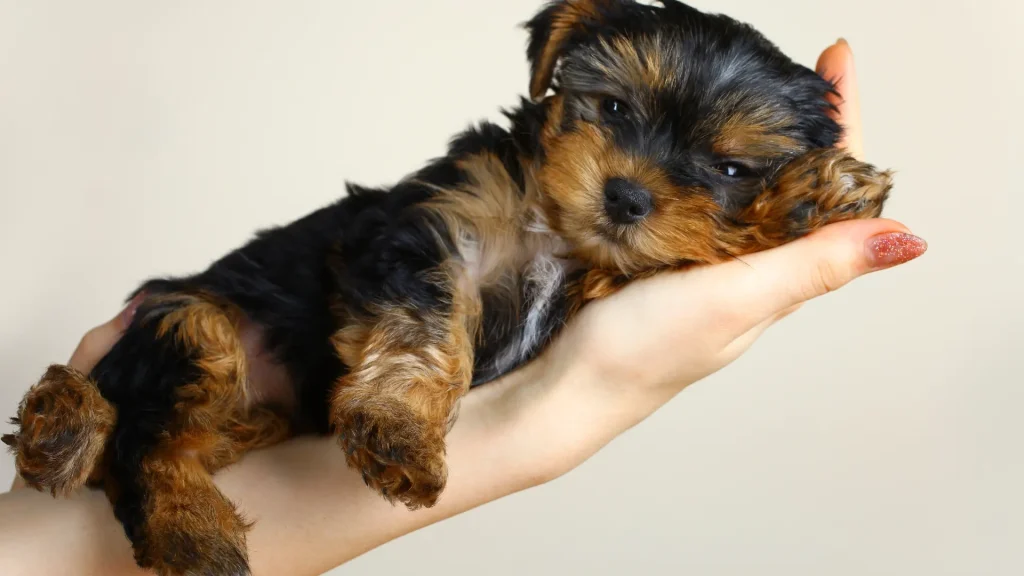Choosing between adopting or purchasing a Belgrade Terrier puppy involves weighing factors like cost, health assurance, and ethics. Buying from a breeder can offer more certainty about the puppy's lineage and health, while adoption gives a loving home to a dog in need. The right choice depends on your priorities regarding budget, background knowledge, and support for rescue efforts.
| Criteria | Buying from Breeder | Adopting from Shelter/Rescue |
|---|---|---|
| Cost | Typically higher, reflecting purebred status and breeder investment. | Generally lower adoption fees, often covering initial veterinary care. |
| Health History | Detailed health records and genetic testing often provided. | Health history may be limited or unknown, but basic health screenings are performed. |
| Age Availability | Usually puppies, allowing early training and bonding. | Variety of ages available, including adults, which may suit different lifestyles. |
| Temperament Insight | Breeders often know lineage temperament and socialization background. | Shelter staff can share observed behaviors, but background can be limited. |
| Ethical Considerations | Supports responsible breeders; careful research needed. | Helps reduce shelter overcrowding and gives second chances to dogs. |
| Breed Purity & Pedigree | Clear documentation and pedigrees available. | Breed purity may be uncertain or mixed; focus is on providing a good home. |

